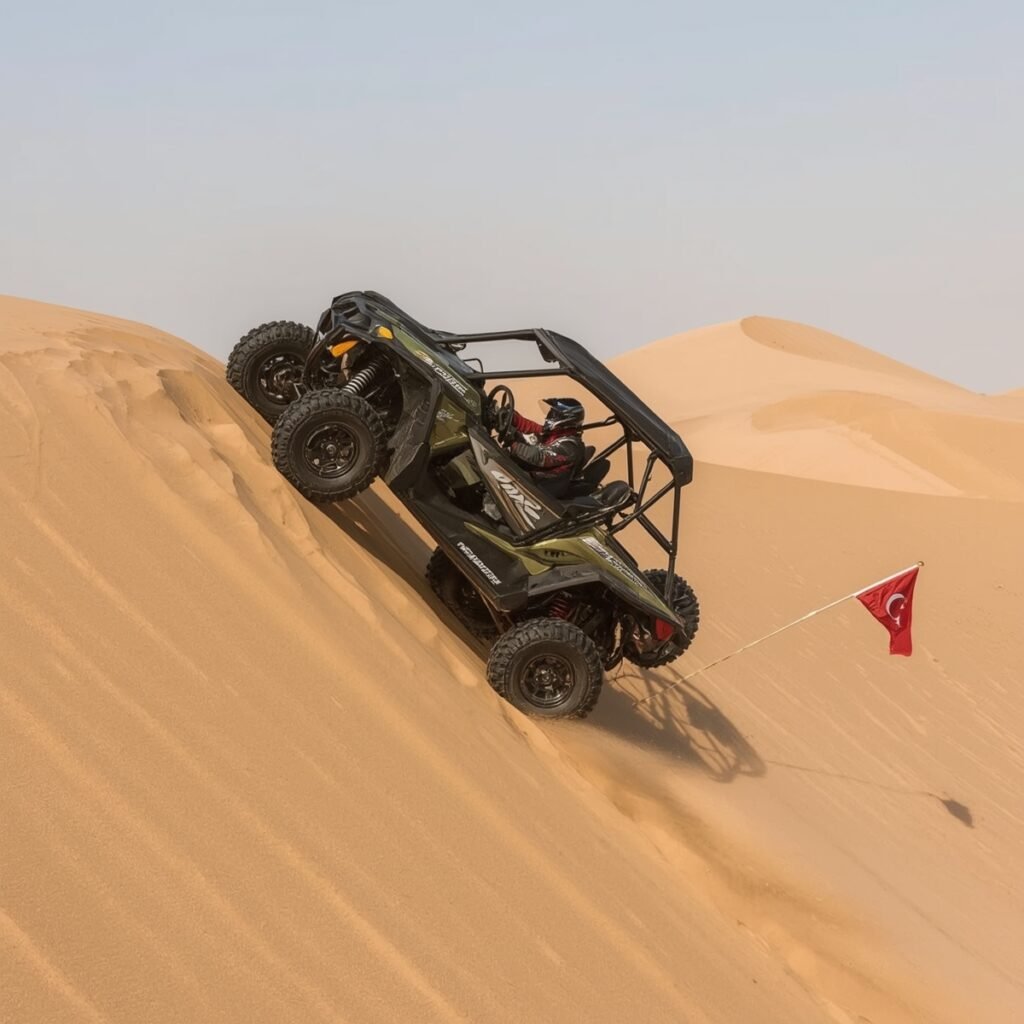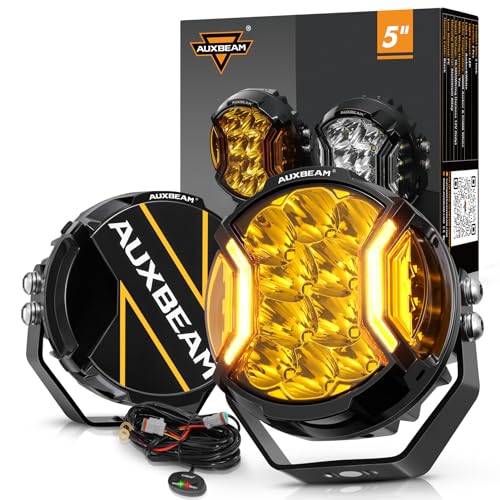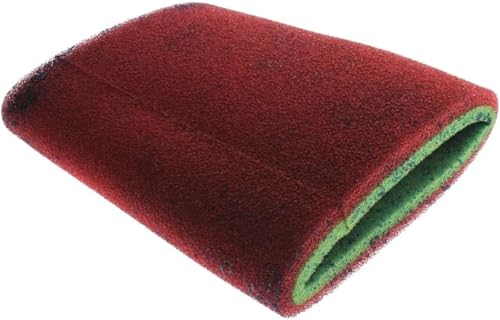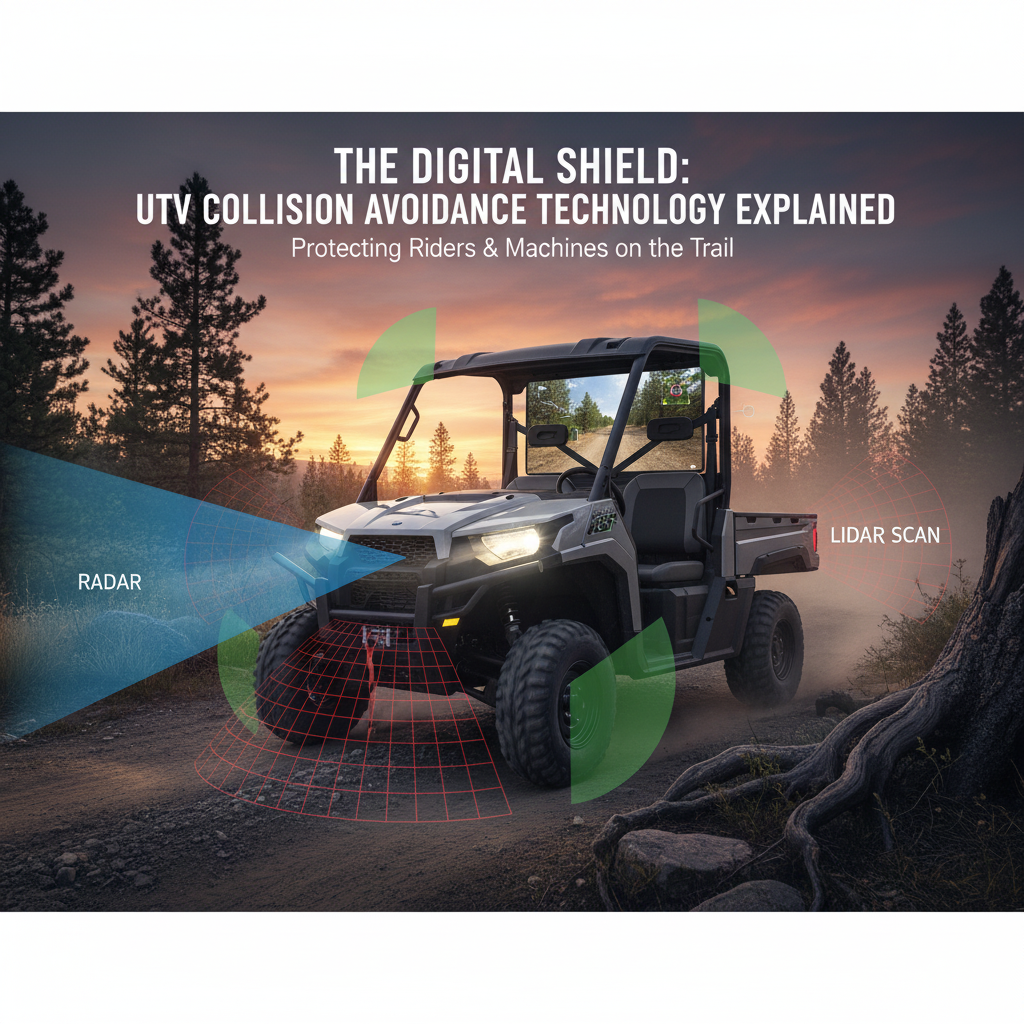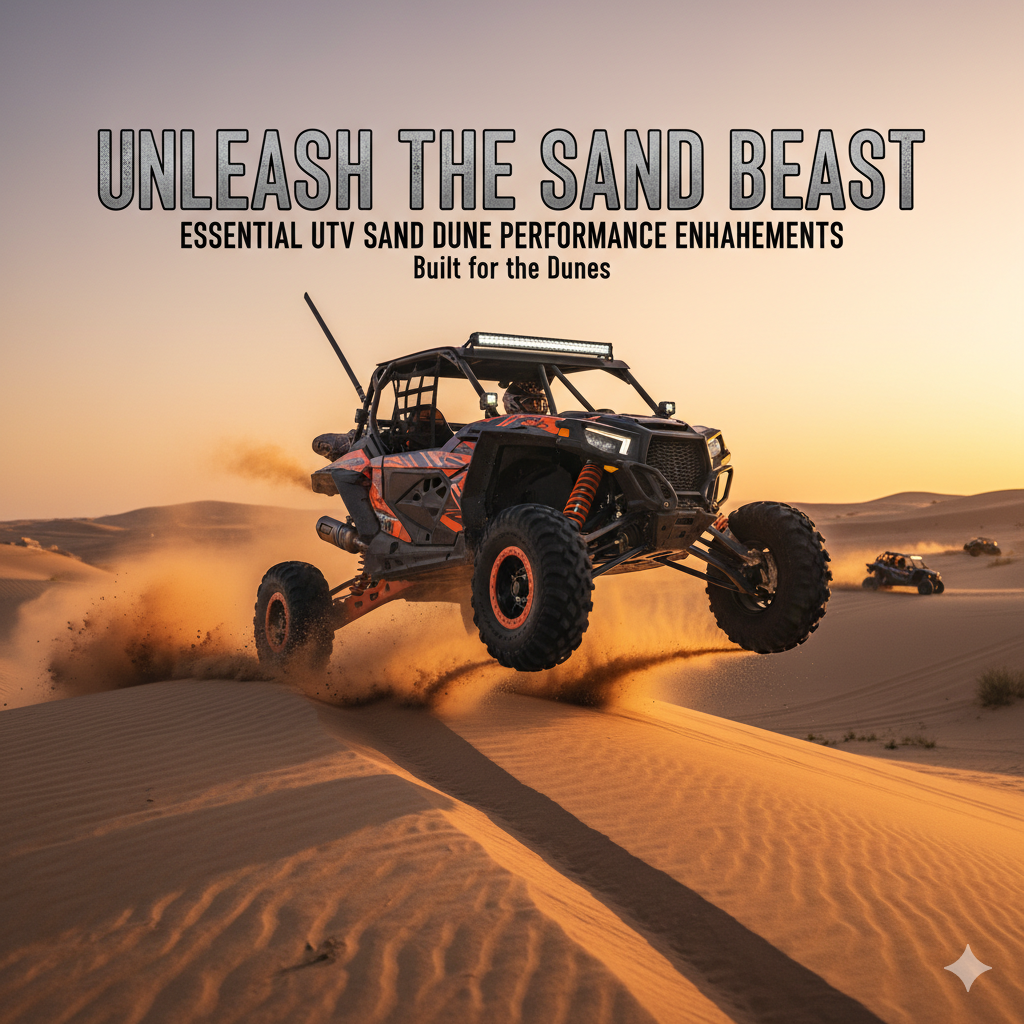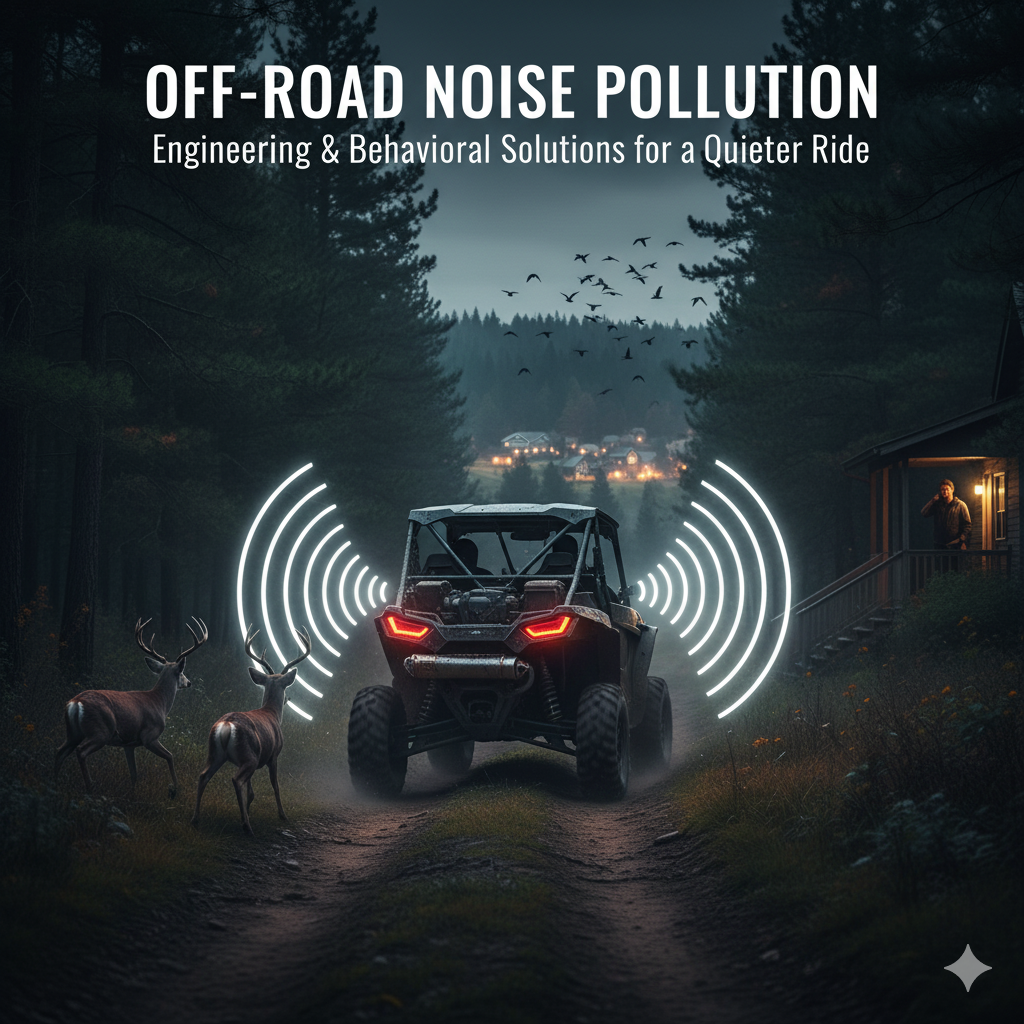As the temperatures drop and the desert air crisps, a familiar excitement buzzes through the off-road community: dune season is upon us! For UTV enthusiasts, there’s nothing quite like the thrill of carving through vast, golden landscapes, the roar of the engine echoing across the sand. However, the unique environment of sand dunes demands a level of preparation far beyond what’s needed for typical trail riding. Neglecting proper UTV dune season preparation can quickly turn an exhilarating adventure into a frustrating, or even dangerous, ordeal. I’ve seen firsthand how a lack of foresight can lead to breakdowns, stuck vehicles, and missed opportunities for epic rides.
This comprehensive guide is designed to equip you with everything you need to know to get your UTV, and yourself, ready for the dunes. We’ll cover crucial vehicle checks, essential safety gear, must-have accessories, and important riding tips to ensure you have a safe, enjoyable, and unforgettable dune season. Whether you’re a seasoned dune veteran or planning your first trip to the sand, proper preparation is the key to maximizing your fun and minimizing risks. Let’s dive in and make sure your UTV is ready to conquer every peak and valley the dunes throw your way!
Vehicle Preparation: The Pre-Dune Checklist
Before you even think about hitting the sand, a thorough inspection and preparation of your UTV is paramount. The fine, abrasive sand of the dunes can be incredibly hard on your machine, and any weak links will quickly be exposed. This UTV dune season preparation checklist focuses on ensuring your vehicle is mechanically sound and ready to handle the unique demands of dune riding.
1. Engine and Drivetrain Inspection
- Fluids: Check and top off all fluids, including engine oil, coolant, brake fluid, and differential fluids. Consider an oil change if it’s due or if you anticipate heavy use. Sand can cause engines to run hotter, so ensuring your cooling system is in top shape is vital [1].
- Air Filter: The single most important maintenance item for dune riding is your air filter. Sand is incredibly fine and can quickly clog or bypass a standard filter, leading to premature engine wear. Install a clean, pre-oiled foam filter or a specialized sand filter. Carry spares and check/clean them frequently throughout your trip [2].
- Belts: Inspect your CVT belt (if applicable) for any signs of wear, cracking, or fraying. Carry a spare belt and the necessary tools for replacement. Dune riding, especially climbing, puts significant stress on the belt.
- Spark Plugs: Check and replace spark plugs if necessary. Proper ignition is crucial for optimal engine performance in the dunes.
- Exhaust System: Ensure your exhaust system is free of leaks and securely mounted. A well-functioning exhaust is important for engine performance and to prevent sand ingress.
2. Suspension and Steering
- Lubrication: Thoroughly clean and lubricate all suspension components, including A-arm bushings, ball joints, and tie rod ends. Sand can quickly work its way into these areas, causing premature wear [3].
- Shocks: Inspect your shocks for leaks or damage. Proper shock function is essential for handling the whoops and jumps often found in dune environments.
- Steering Components: Check for any play in the steering wheel, tie rods, and ball joints. Tight steering is crucial for precise control in the sand.
3. Brakes
- Brake Pads and Rotors: Inspect brake pads for wear and rotors for any damage or warping. Ensure your brakes are in excellent working order, as quick stops can be necessary in the dunes.
- Brake Fluid: Check brake fluid levels and ensure there are no leaks.
4. Electrical System and Lighting
- Battery: Test your battery to ensure it holds a full charge. The last thing you want is a dead battery in the middle of the dunes.
- Lights: Verify all lights are functioning, including headlights, taillights, brake lights, and any auxiliary lighting. Night riding in the dunes is popular, and proper illumination is critical for safety.
5. Fuel System
- Fuel Filter: Consider replacing your fuel filter as part of your pre-dune maintenance. Clean fuel delivery is essential for consistent engine performance.
- Fuel Level: Always start your dune adventures with a full tank of fuel. Plan your routes and carry extra fuel if necessary, as fuel stations can be scarce in dune areas.
By meticulously going through this vehicle preparation checklist, you’ll significantly reduce the risk of mechanical issues and ensure your UTV is ready to perform at its best in the challenging dune environment. A well-prepared machine is a happy machine, and a happy machine means a happy rider!
[1] “First, make sure your machine starts, idles and runs well and check to make sure the brakes work. Second, make sure that all the fluids are topped off: fuel…” – ATV Rider, Dune Prep 101.
[2] “The most important thing to remember about riding in the sand is that your air filter is going to get dirty very quickly.” – Bert’s Mega Mall, How to Master the Dunes in a UTV.
[3] “Before you head out to the dunes, take the time to clean and lubricate all of your A-arm, swingarm and linkage components.” – ATV Rider, Dune Prep 101.
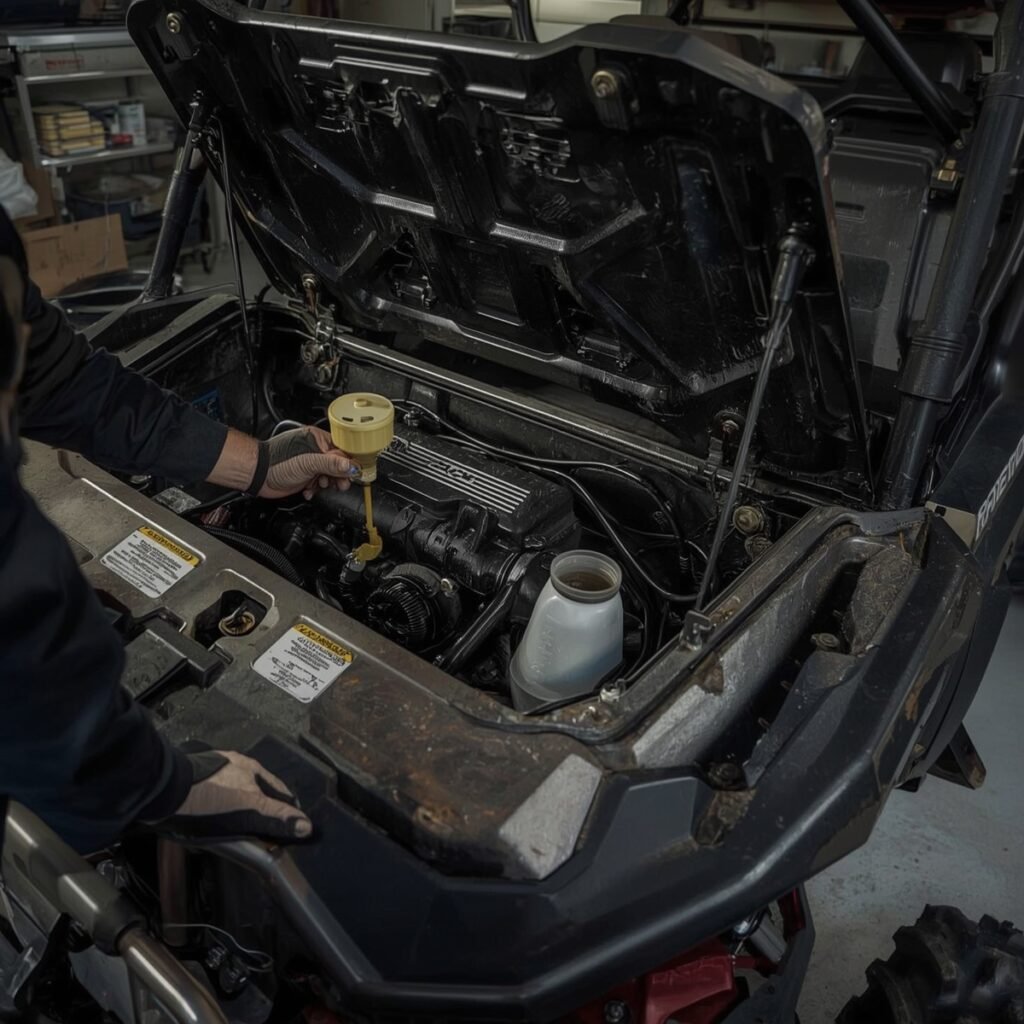
Essential Accessories for Dune Riding: Gear Up for Success
Beyond the mechanical readiness of your UTV, certain accessories are absolutely essential for a safe and enjoyable experience in the sand dunes. These UTV dune season preparation items are designed to enhance visibility, aid in recovery, and ensure you’re prepared for any situation the dunes might throw at you.
1. Sand Tires
As discussed in our previous blog post (internal link opportunity: UTV Sand Tires Comparison), specialized sand tires are non-negotiable for dune riding. Paddle tires on the rear provide the necessary propulsion and flotation, while ribbed or smooth tires on the front ensure precise steering. Ensure your sand tires are in good condition and properly inflated for the dunes (typically 6-10 PSI, but always check manufacturer recommendations and adjust for conditions) [4].
2. Safety Flags and Whip Lights
Visibility is paramount in the dunes, especially with their constantly shifting terrain and blind spots. Safety flags and whip lights are crucial for making your UTV visible to other riders:
- Safety Flags: Most dune areas have strict requirements for safety flags. These are typically brightly colored (often orange) flags mounted on a tall whip pole (often 8-10 feet high) to ensure visibility over dune crests. Always check the specific requirements of the dune area you plan to visit [5].
- Whip Lights: Lighted whips add an extra layer of visibility, especially during dawn, dusk, or night riding. They also add a cool aesthetic to your UTV.
3. Communication Systems
Staying in communication with your riding group is vital for safety and coordination. Helmet-to-helmet communication systems, two-way radios, or even satellite communicators (for remote areas) can be invaluable for:
- Warning of Hazards: Alerting others to sudden drops, stuck vehicles, or oncoming traffic.
- Coordinating Routes: Keeping the group together and on track.
- Emergency Contact: Providing a means of communication in areas without cell service.
4. Recovery Gear
Getting stuck in the sand is a rite of passage for dune riders. Being prepared for recovery is crucial:
- Winch: A reliable winch is your best friend in the dunes. Ensure it’s properly maintained and has sufficient pulling power for your UTV. Carry a tree saver strap and a snatch block for versatile recovery options.
- Recovery Straps/Ropes: Kinetic recovery ropes are excellent for pulling out stuck vehicles smoothly, minimizing shock to both vehicles.
- Shovel: A sturdy shovel is indispensable for digging out tires that have buried themselves in the sand.
- Tire Repair Kit and Air Compressor: Punctures can happen, and being able to patch a tire and reinflate it on the spot can save your day. A portable air compressor is also essential for airing down your tires for sand and reinflating them for transport.
5. Navigation Tools
The constantly changing landscape of sand dunes can be disorienting. A reliable GPS device or a smartphone with off-road mapping apps is highly recommended to:
- Track Your Route: Avoid getting lost and find your way back to camp.
- Identify Points of Interest: Locate designated riding areas, campsites, or emergency services.
- Mark Hazards: Pinpoint dangerous areas or obstacles.
6. Fire Extinguisher
Given the dry environment and potential for mechanical issues, a fire extinguisher is a critical safety item. Mount it in an easily accessible location on your UTV.
7. First Aid Kit
A well-stocked first aid kit is essential for treating minor injuries that can occur during riding. Ensure it’s comprehensive and easily accessible.
Equipping your UTV with these essential accessories is a key part of UTV dune season preparation. They not only enhance your safety but also contribute significantly to a more enjoyable and worry-free experience in the sand.
[4] “When riding in sand dunes, using special tires with low pressure is key to increasing traction.” – RAD UTV Parts, Prepare Your UTV for Desert Riding: Essential Safety Tips.
[5] “Whip flag requirements vary from park to park, but if you get a 10-foot whip with a 6”x12” or larger flag, you should be good just about…” – SuperATV, UTV & ATV Dune Safety—7 Ways to Survive the Sand.
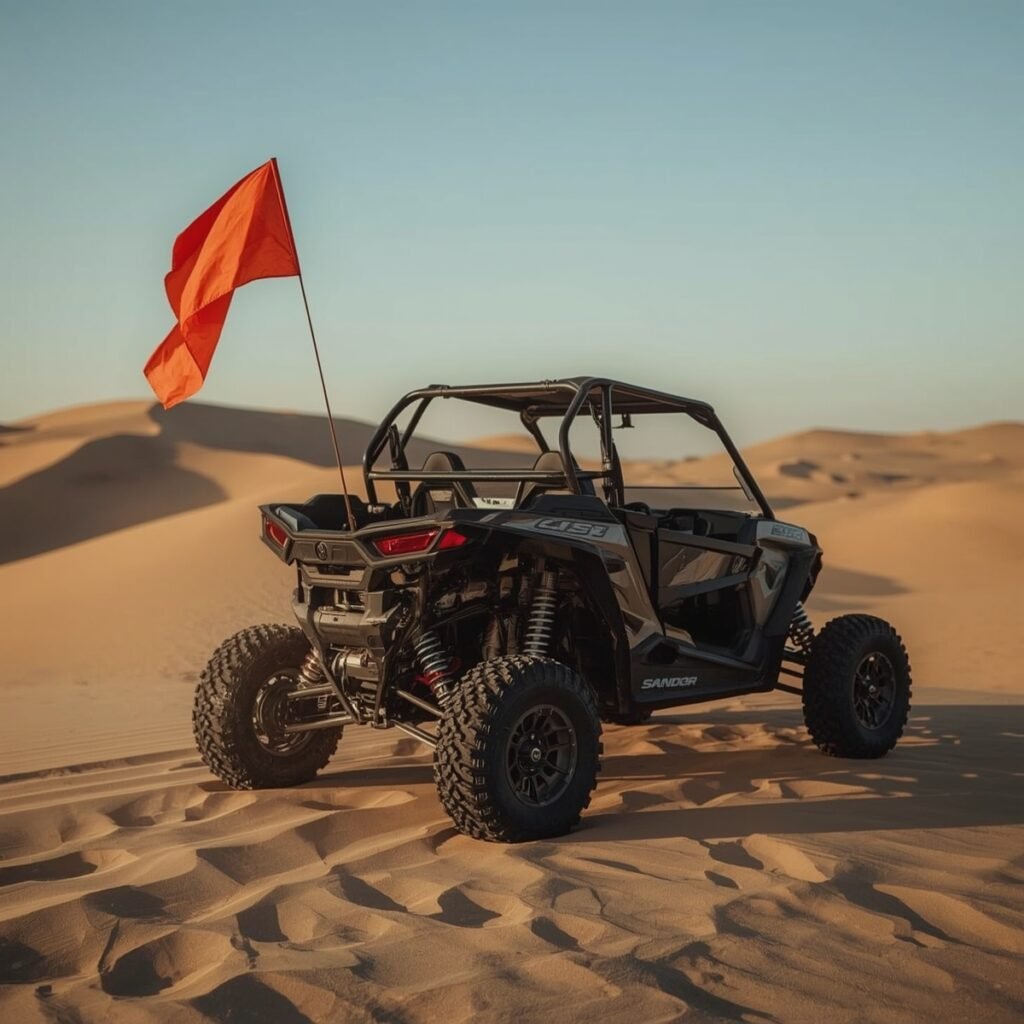
Riding Tips and Safety in the Dunes: Master the Sand
Even with a perfectly prepared UTV and all the essential accessories, understanding how to ride safely and effectively in the dunes is crucial for a successful UTV dune season preparation. The sand presents unique challenges that require specific techniques and a heightened awareness of your surroundings.
1. Air Down Your Tires
As mentioned, airing down your tires is perhaps the most important riding tip for sand. Lowering your tire pressure (typically to 6-10 PSI for sand tires, but consult your tire manufacturer and UTV manual) increases the tire’s contact patch with the sand, providing greater flotation and traction. This prevents your tires from digging in and getting stuck. Remember to reinflate your tires to road pressure before transporting your UTV [6].
2. Maintain Momentum
Sand is a power-robbing terrain. The key to navigating dunes is to maintain consistent momentum, especially when climbing hills or traversing bowls. Losing momentum can quickly lead to getting stuck. However, this doesn’t mean driving recklessly; it means understanding the terrain and applying appropriate throttle [7].
3. Read the Dunes
Learn to read the sand. Look for changes in color, which can indicate softer or harder sand. Be aware of wind-blown drifts and sharp drop-offs (often called
Riding Tips and Safety in the Dunes: Master the Sand
Even with a perfectly prepared UTV and all the essential accessories, understanding how to ride safely and effectively in the dunes is crucial for a successful UTV dune season preparation. The sand presents unique challenges that require specific techniques and a heightened awareness of your surroundings.
1. Air Down Your Tires
As mentioned, airing down your tires is perhaps the most important riding tip for sand. Lowering your tire pressure (typically to 6-10 PSI for sand tires, but consult your tire manufacturer and UTV manual) increases the tire’s contact patch with the sand, providing greater flotation and traction. This prevents your tires from digging in and getting stuck. Remember to reinflate your tires to road pressure before transporting your UTV [6].
2. Maintain Momentum
Sand is a power-robbing terrain. The key to navigating dunes is to maintain consistent momentum, especially when climbing hills or traversing bowls. Losing momentum can quickly lead to getting stuck. However, this doesn’t mean driving recklessly; it means understanding the terrain and applying appropriate throttle [7].
3. Read the Dunes
Learn to read the sand. Look for changes in color, which can indicate softer or harder sand. Be aware of wind-blown drifts and sharp drop-offs (often called ‘witches eyes’ or ‘razorbacks’). Always approach blind crests with caution and be prepared for what’s on the other side. Never stop on the face of a dune or just over a crest [8].
4. Ride in Groups and Stay Visible
Always ride with at least one other vehicle. If you get stuck or have a mechanical issue, you’ll have assistance. Staying visible with flags and lights is critical, especially in busy dune areas. Maintain a safe distance from other riders and be aware of their movements.
5. Respect the Environment and Regulations
Adhere to all local rules and regulations for the dune area you are visiting. This includes speed limits, designated riding areas, and any restrictions on night riding or camping. Respect the natural environment by staying on marked trails and packing out everything you pack in.
6. Stay Hydrated and Prepared for the Elements
Dune riding can be physically demanding, and desert environments can be extremely hot and dry. Carry plenty of water and stay hydrated. Dress in layers to adapt to changing temperatures, and always have sun protection (sunscreen, hats, sunglasses).
7. Practice Safe Hill Climbing and Descending
- Climbing: Approach hills straight on, maintain steady throttle, and look far ahead. If you lose momentum, turn downhill and try again. Never try to turn sideways on a steep dune face.
- Descending: Descend straight down the face of a dune, maintaining a controlled speed. Avoid braking hard, which can cause the front end to dig in.
By practicing these riding tips and prioritizing safety, you’ll not only protect yourself and your UTV but also contribute to a more enjoyable and responsible dune riding community. The dunes offer unparalleled freedom, but with that freedom comes the responsibility to ride smart.
[6] “Sand Dunes – 8-12 PSI” – UTV Source, What Air Pressure Should You Run in Your UTV Tires? A Guide for Every Terrain.
[7] “Sand gives way under the UTV”s weight, making it easy to bog down if you lose speed. The key is to maintain a steady pace, even when ascending…” – DRT Motorsports, Tips for Riding Your Side-by-Side in the Sand.
[8] “Always approach blind crests with caution and be prepared for what”s on the other side. Never stop on the face of a dune or just over a crest.” – Polaris Off-Road, Tips for Side-by-Sides & ATV Sand Dune Riding.
